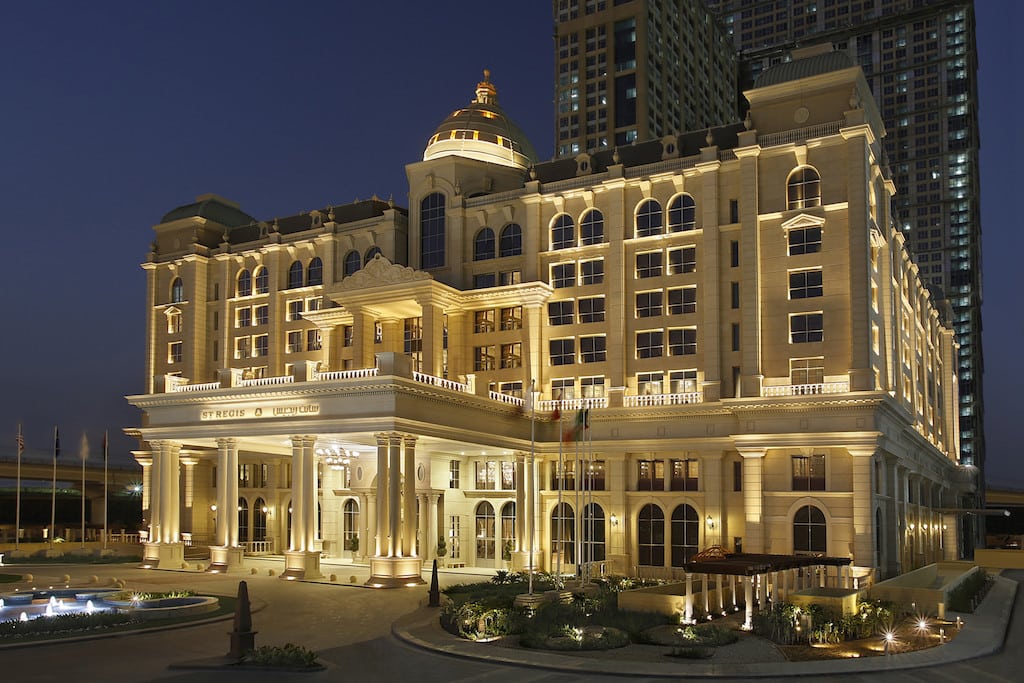Marriott Divides Its 30 Brands Into Two Categories: Classic or Distinctive

Skift Take
When Skift spoke to Marriott Global Brand Officer Tina Edmundson in September, a little over two weeks after Marriott finally closed its $13.3-billion acquisition of Starwood Hotels & Resorts, she gave us a bit of insight into how Marriott would position all those 30 brands.
Over the long Thanksgiving weekend, Marriott began putting that strategy into place. Today, if you go to its site, all 30 of Marriott's brands are now distinguished by whether they are "classic" or "distinctive," as well as by category. This applies to all brands, whether luxury or premium, select or for longer stays.
For example, in the luxury category, The Ritz-Carlton, The St. Regis, and JW Marriott brands are defined as "classic luxury" while The Ritz-Carlton R
